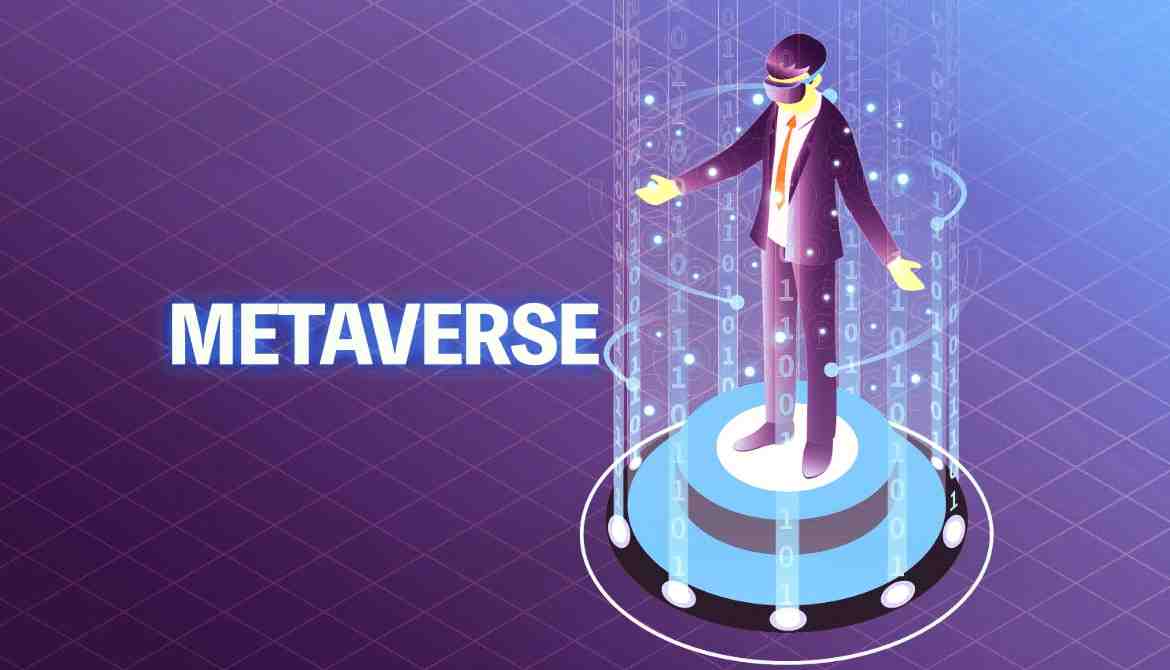Metaverse : Combination of VR, AR and modern Technologies
The metaverse is a vision that spans many companies — the whole industry. You can think about it as the successor to the mobile internet. And it’s certainly not something that any one company is going to build, but in partnership with a lot of other companies and creators and developers.

The word “metaverse” is often traced to Neal Stephenson’s 1992 dystopic, cyberpunk novel Snow Crash, and many see a more recent inspiration in the dazzling warren of experiences at the heart of Earnest Cline’s 2011 novel Ready Player One. However, the metaverse is far from the stuff of sci-fi. It’s not even new.
In January 2020, an influential essay by the venture capitalist Matthew Ball set out to identify key characteristics of a metaverse. Among them: it has to span the physical and virtual worlds; contain a fully fledged economy; and offer “unprecedented interoperability” — users have to be able to take their avatars and goods from one place in the metaverse to another, no matter who runs that particular part of it. Critically, no one company will run the metaverse — it will be an “embodied internet”.
Whether in virtual reality (VR), augmented reality (AR) or simply on a screen, the promise of the metaverse is to allow a greater overlap of our digital and physical lives in wealth, socialization, productivity, shopping and entertainment. These two worlds are already interwoven, no headset required: Think about the Uber app telling you via location data how far away the car is. Think about how Netflix gauges what you’ve watched before to make suggestions. Think about how the LiDAR scanner on newer iPhones can take a 3D scan of your surroundings. At its core, the metaverse (also known to many as “web3”) is an evolution of our current Internet.
This is a big topic. The metaverse is a vision that spans many companies — the whole industry. You can think about it as the successor to the mobile internet. And it’s certainly not something that any one company is going to build, but in partnership with a lot of other companies and creators and developers.
A lot of people, when they think about the metaverse, they think about just virtual reality. And that’s clearly a part that we’re very invested in, because it’s the technology that delivers the clearest form of presence. But the metaverse isn’t just virtual reality. It’s going to be accessible across all of our different computing platforms; VR and AR, but also PC, and also mobile devices and game consoles. Speaking of which, a lot of people also think about the metaverse as primarily something that’s about gaming. Ofcourse entertainment is clearly going to be a big part of it, but this is not just gaming. This is a persistent, synchronous environment where we can be together, which is probably going to resemble some kind of a hybrid between the social platforms that we see today, but an environment where you’re embodied in it.
So that can be 3D — it doesn’t have to be. You might be able to jump into an experience, like a 3D concert or something, from your phone, so you can get elements that are 2D or elements that are 3D. It just touches a lot of the biggest themes. Think about things like community and creators as one, or digital commerce as a second, or building out the next set of computing platforms, like virtual and augmented reality, to give people that sense of presence.